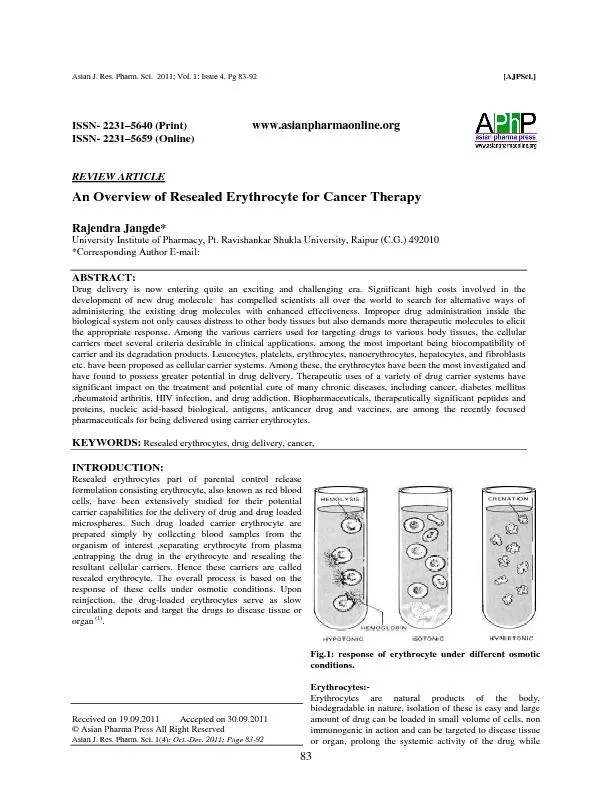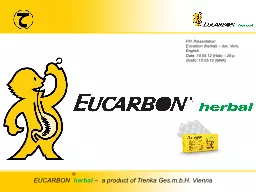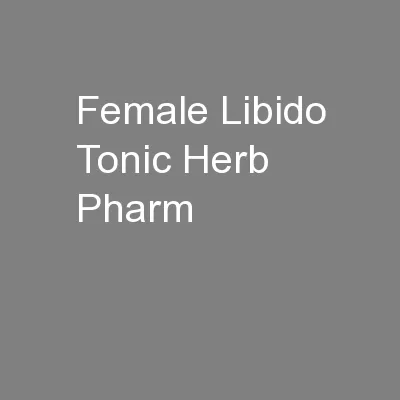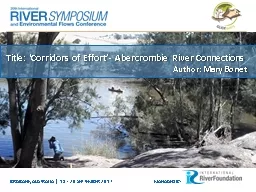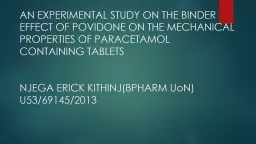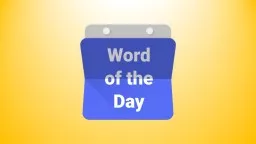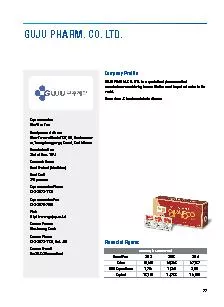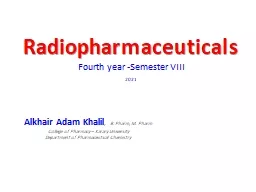PDF-Pak J Pharm Sci Vol30 No5Suppl September 2017 pp20032006
Author : singh | Published Date : 2021-10-07
Clinical efficacy of Unani medicine Renax for treatment of Urolithiasis Ghazala Shaheen Saeed Ahmad Muhammad AkramSyed Muhammad Ali Shah and Shahbaz Ahmad ZakkiDepartment
Presentation Embed Code
Download Presentation
Download Presentation The PPT/PDF document "Pak J Pharm Sci Vol30 No5Suppl September..." is the property of its rightful owner. Permission is granted to download and print the materials on this website for personal, non-commercial use only, and to display it on your personal computer provided you do not modify the materials and that you retain all copyright notices contained in the materials. By downloading content from our website, you accept the terms of this agreement.
Pak J Pharm Sci Vol30 No5Suppl September 2017 pp20032006: Transcript
Download Rules Of Document
"Pak J Pharm Sci Vol30 No5Suppl September 2017 pp20032006"The content belongs to its owner. You may download and print it for personal use, without modification, and keep all copyright notices. By downloading, you agree to these terms.
Related Documents


